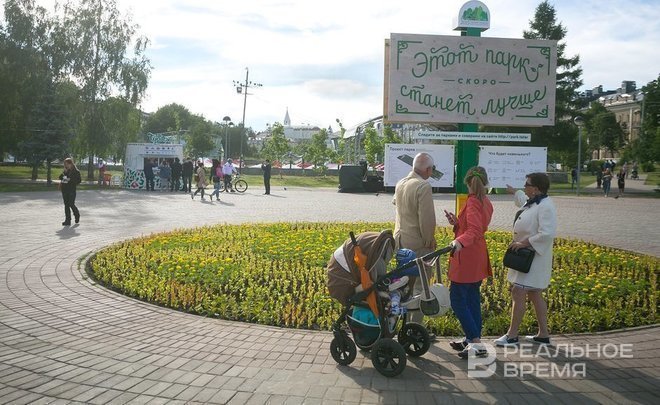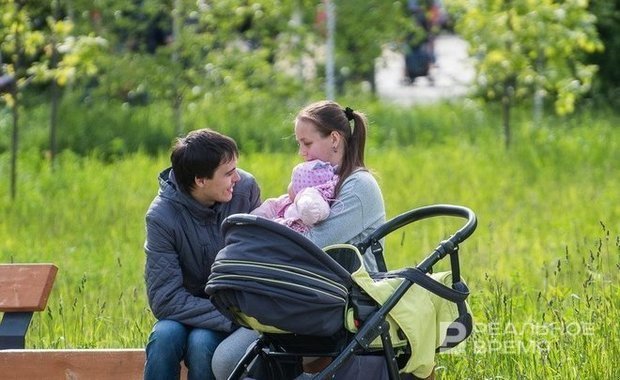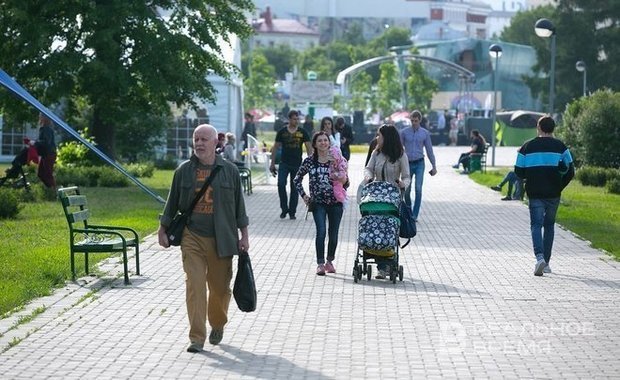Tatarstan approves a programme to increase birth rate

The Cabinet of Ministers of Tatarstan has approved a regional programme to increase the birth rate in the republic. It is designed for 2023-2025.
The programme has been prepared to develop measures to increase the birth rate. It includes an assessment of the demographic potential of Tatarstan, an analysis of existing measures to increase the birth rate, and the establishment of a new set of measures.
The aim of the programme is to develop effective measures affecting the reproductive behaviour of the population and the number of births, as well as to determine the target values of fertility rates for Tatarstan. Its tasks include a comprehensive analysis of the demographic situation in the republic based on the assessment of demographic potential, the formation of an analytical basis for the development of a set of measures to increase he birth rate and support families with children, contributing to the achievement of target values of birth rates, and so on.

The programme indicates that in Tatarstan the number of women and men of fertile age — 15-49 years — decreases annually. Such dynamics is observed in Russia as a whole.
At the beginning of 2022, there were 905,181 women of fertile age in the republic. Most of them — 80,2% — lived in cities. For one woman of fertile age in Tatarstan, there are 0,9733 men aged 15-49 years.
In the cities of Tatarstan, the largest proportion of women of reproductive age (15-49 years) is observed at the age of 34 — 4,2% of the total. The second place — female residents of the republic aged 35 years — 4,1%, the third place — those who are 33 years old (4,1%). The smallest share falls on women aged 22, 20 and 21 — 1,8% each.
The structure of the female population of fertile age in rural areas is distorted, as indicated in the programme of Tatarstan. The largest proportion of women of reproductive age there is observed in the age category of 49 years — 3,4% of the total number of residents aged 15-49 years. The smallest share falls on those who are 29 years old (2,2%), 16 years old and 15 years old — 2,3% each.

In Tatarstan, out of the total number of women of fertile age in 2021, according to the All-Russian Population Census, the largest share falls on mothers of two children — 38%, of one child — 27%, and residents without children — 21%.
In 2021, 41,057 children were registered in Tatarstan — by 26% less than in 2016, when 55,592 babies were born. The number of births in the city decreased by 28,4% — from 46,310 to 33,122, in rural areas — by 14,5%, from 9,282 to 7,935.
In Tatarstan, 8,879 children were born in January — March 2023. This is 26 newborns, or by 0,3% less than in the first quarter of last year.
In particular, in January 2023, 2,938 newborns were registered in Tatarstan (+2,2% compared to the first month of last year). In February, 2,697 children were born (-4,4%), and in March — 3,244 children (+1,1%).